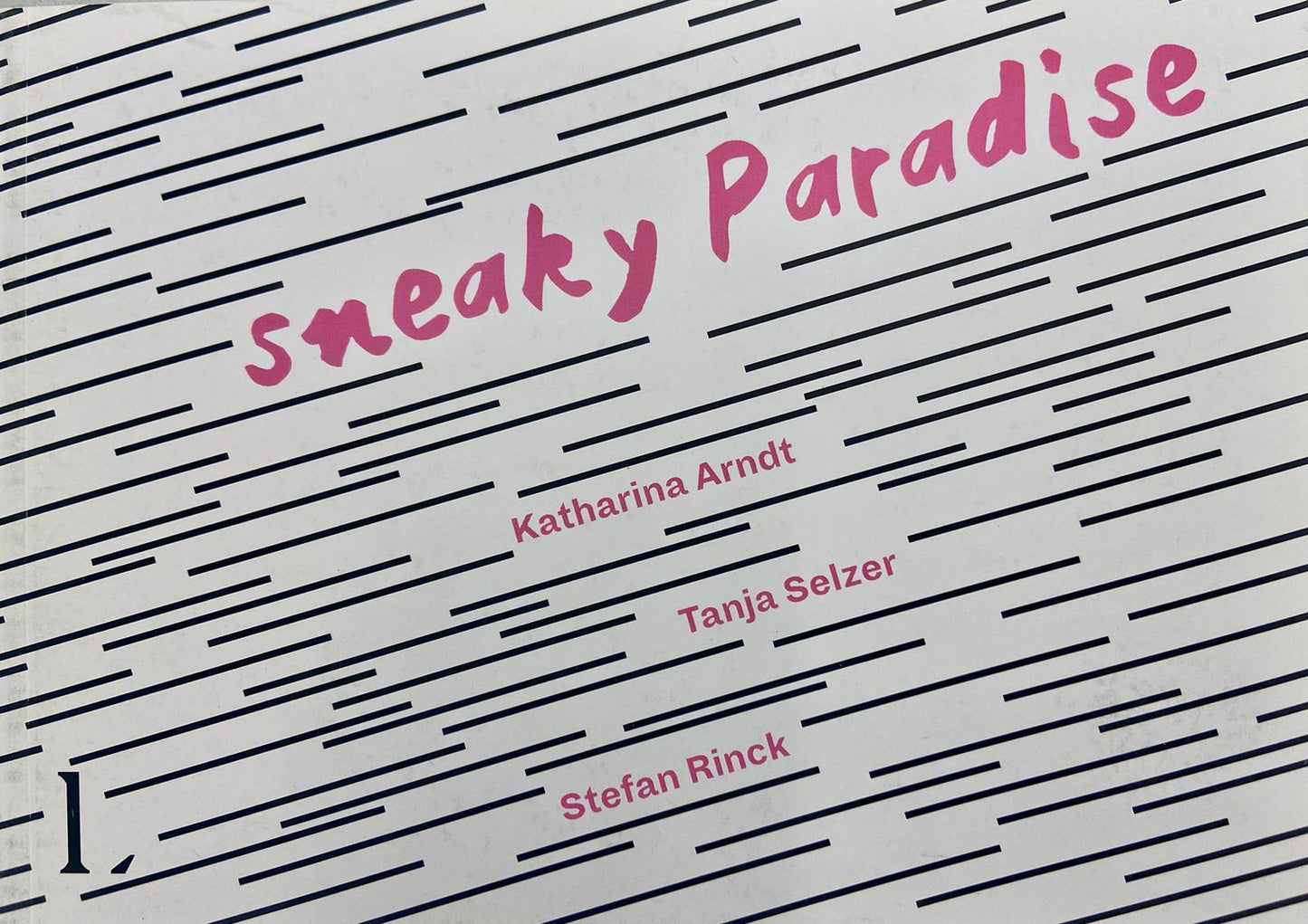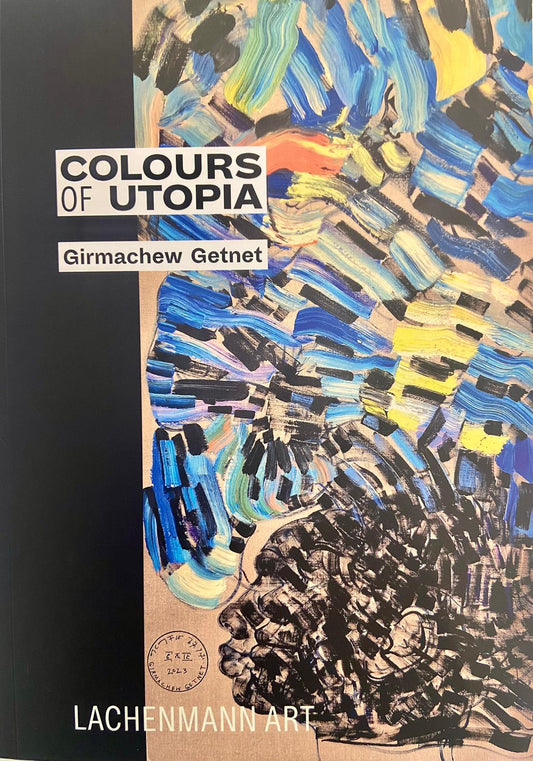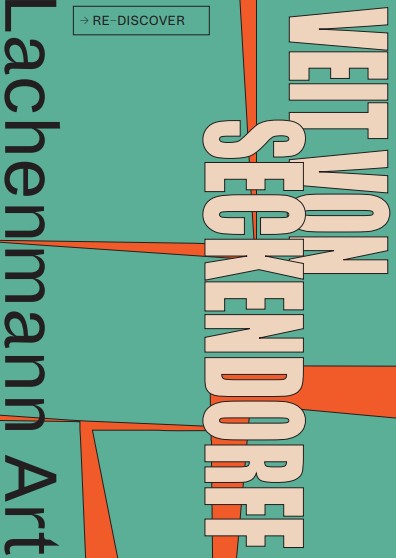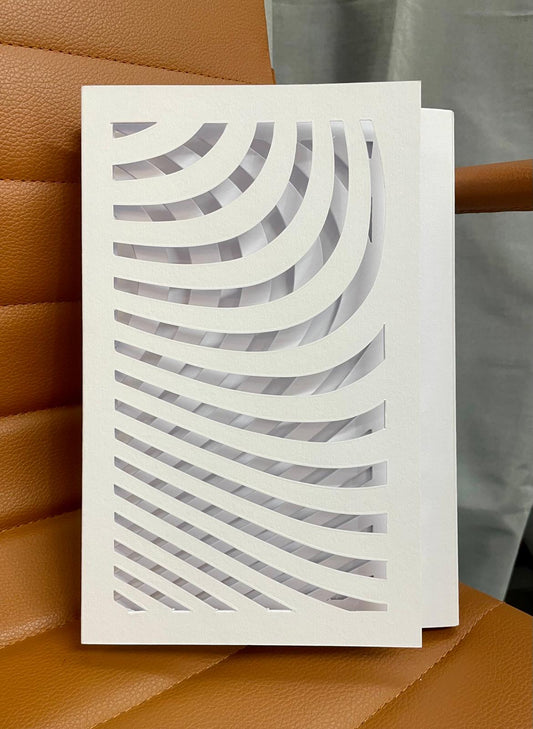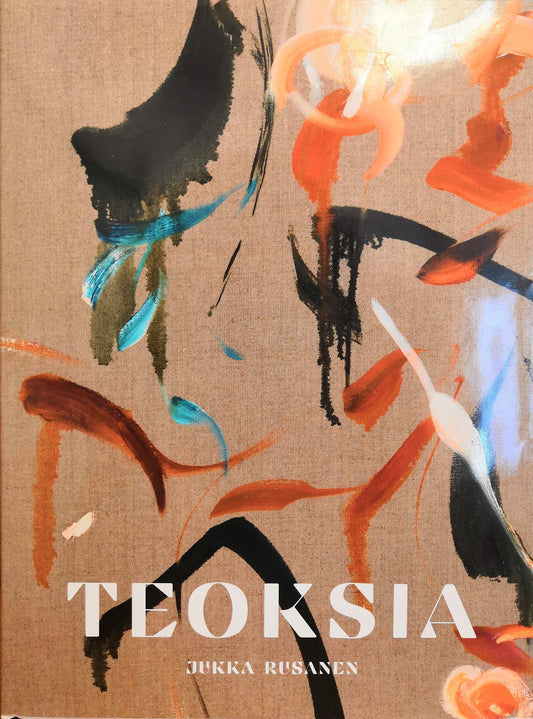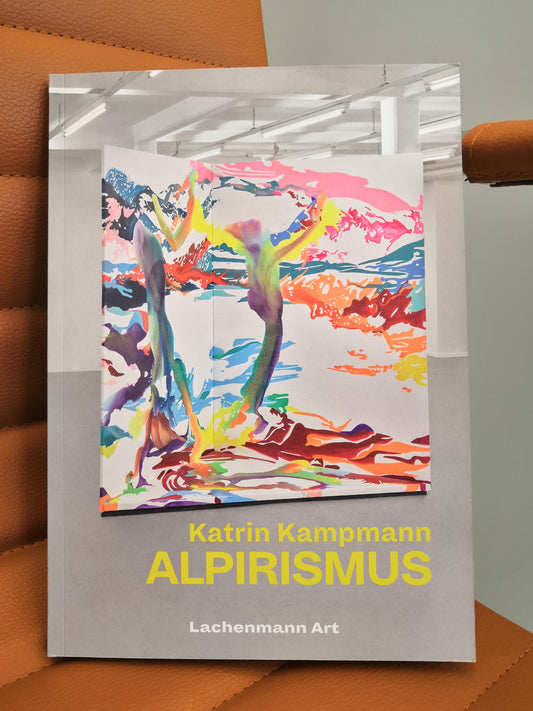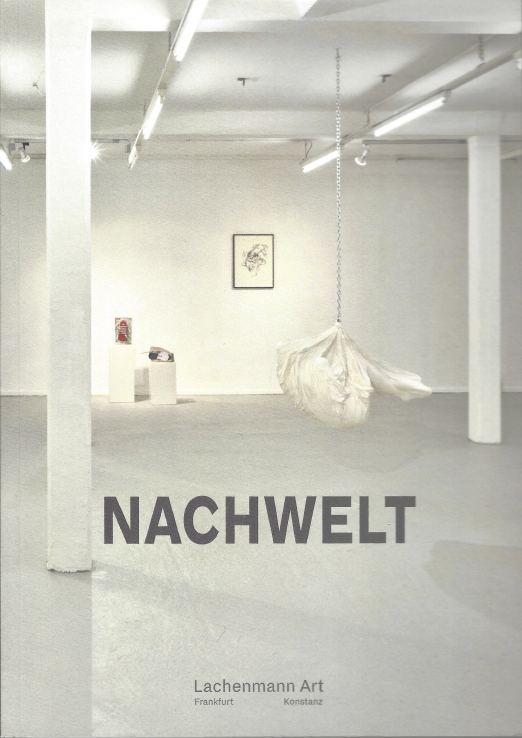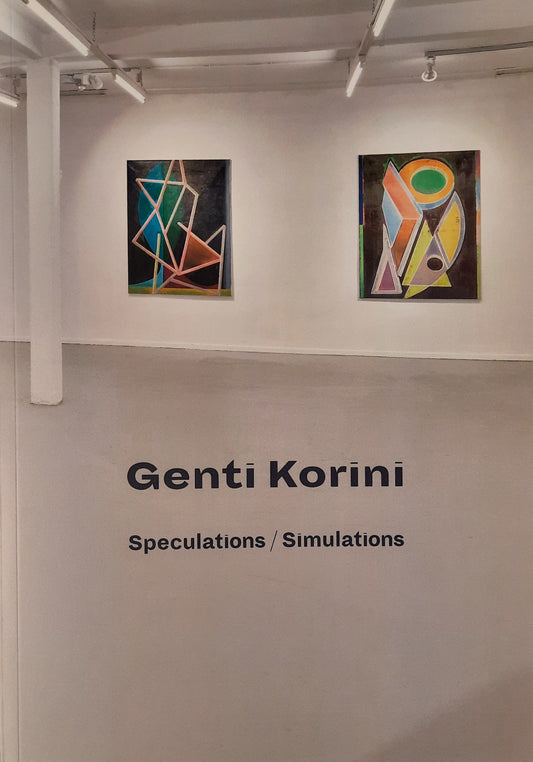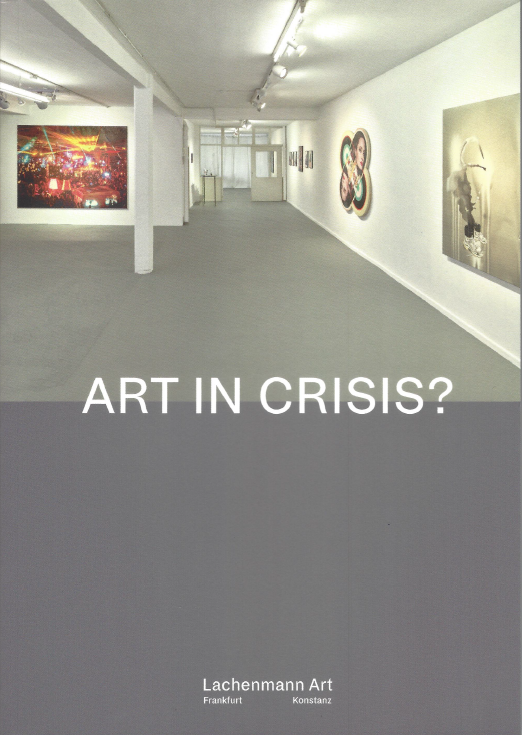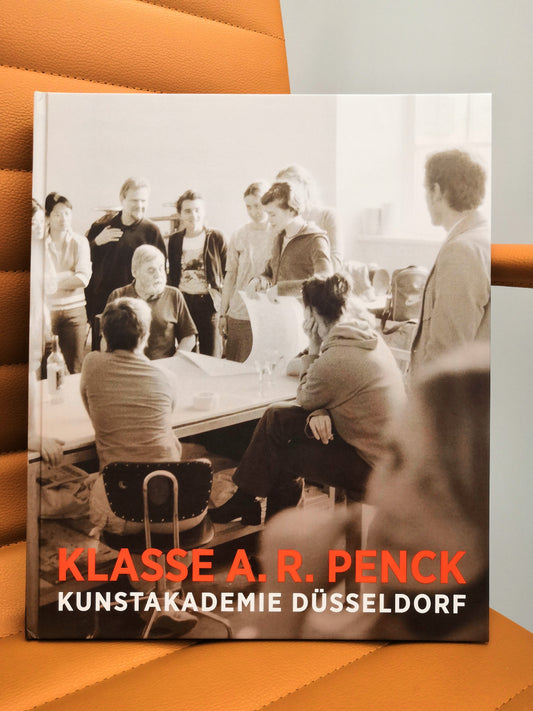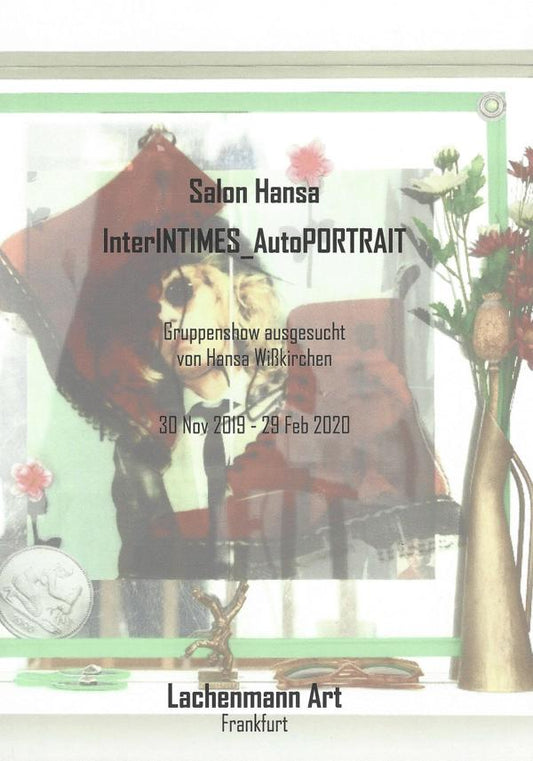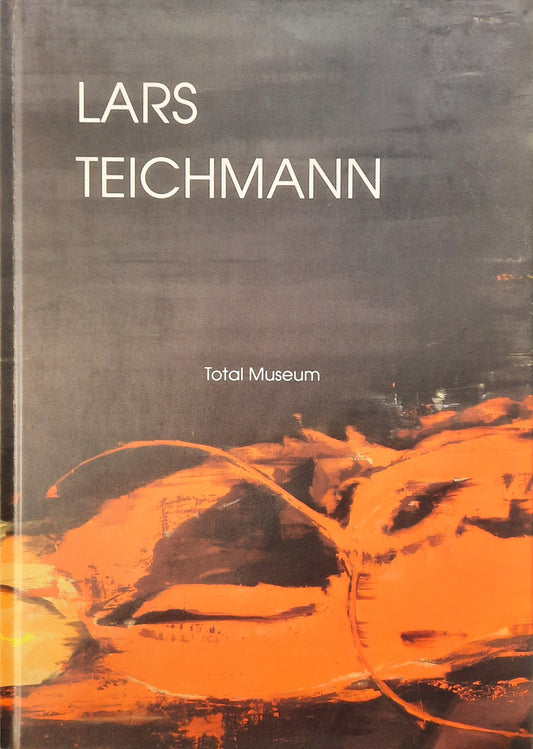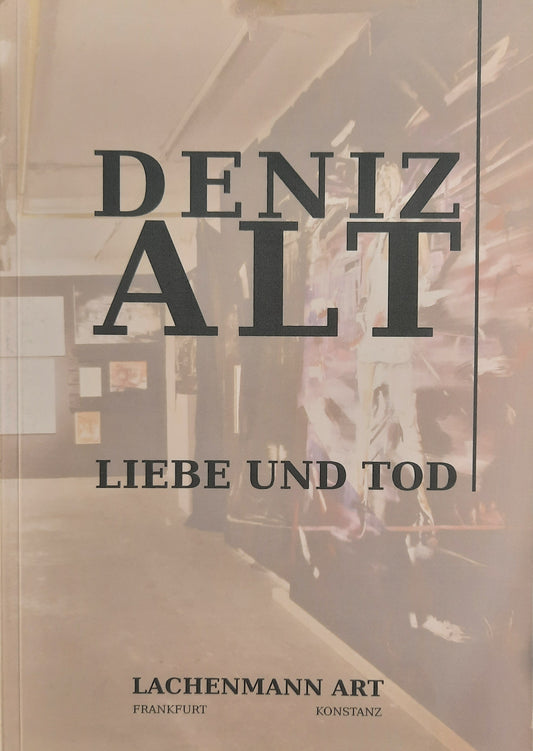A sneaky paradise, which stands before us loudly and not at all shyly, is filled by three people; it is self-confident and direct, and yet again - and this is where the sneakiness comes through - individual facets are only visible at second glance, there it sneaks up from behind and makes us stumble, only to catch us immediately afterwards in a lustfully depraved manner, completely pastel-colored and not unknown. In almost every work there is a small spark of utopia and the longing for a paradisiacal world. And so it has been since the beginning of time, in every epoch of art history paradise takes the stage now and then, as a longing for a transcendent varnish it meanders around the central question of religious ideas, heavenly glory and a purer reality.
What does paradise look like in art? Medieval and Renaissance depictions of paradise scenes, of the earthly paradise of the Garden of Eden described in Genesis, are well known. What does paradise look like today in contemporary art?
Three German artists give us an insight into their own paradisiacal world. Katharina Arndt, Stefan Rinck and Tanja Selzer lure us into a pastel-colored land of milk and honey with a false bottom, in which luminous lettering and sandstone sculptures meet painting. The diverse and sometimes contradictory materials unite thematically and present the supposedly sweet and beautiful in an original way. But the portraits of young, beautiful women, the depictions of Adam and Eve in the paradisiacal Garden of Eden and numerous trusting fantasy creatures have a dark side: they all challenge us to unmask their Janus face. Because the truly uncanny always slumbers in the familiar, as Sigmund Freud already noted in his essay The Uncanny in 1919. The hybridity of the familiar and the unknown finds new aesthetic forms of representation in this exhibition, which immerse us in a brilliant, illusory world full of extravagant beauty and merciless transfiguration.
Katharina Arndt uses her sentence fragments made of rhinestones and colorful neon signs to reflect and depict the pressure to present oneself, body ideals and today's overstimulated consumer society in a highly striking and ironic way, while her portraits of women in the series ›women killing men‹, drawn with neon markers, are based on film stills from horror films. Delicate, girlish and angelic faces look at us innocently, and yet a little shiver runs down our necks and a cool breeze brushes our cheeks.
In Stefan Rinck's work, animal creatures make faces and wear masks; they are costumed and equipped with iconographic attributes. Their origins lie in medieval animal symbolism, Greek mythology and folk tales. Some characters have a specific function: there is one who sows doubt; one who reads out the accusation and someone who pretends to be someone else. This Kafkaesque parade of chimeras, monsters and animal figures cavorts on the pedestals of the exhibition space. The mythical creatures made of sandstone and diabase come from a strange fantasy world and their effect varies from humorous to threatening.
The large-format canvases in the series ›Meet me in the trees‹ by Tanja Selzer show explicitly erotic scenes that have a large romantic element, but also contain a certain pornographic wording. The subject à la Adam and Eve after the Fall is just as present as the depiction of individual people in a natural environment. The illustration and the reproduction of nudes in nature look back on a far-reaching art-historical past; the interplay of apparently familiar realities, however, contains a potential turn to the opposite and the uncanny.
The exhibition ›Sneaky Paradise‹ aims to shed light on the way in which the longing for a paradise - of whatever kind - is formulated in the oeuvre of three artists who work in highly contrasting ways; how the supposedly everyday and beautiful turns into irritation, how the harsh abysses of reality emerge unexpectedly and unprepared from the waves of romanticization and idealization. Enjoy your stay in a ›locus amoenus‹ (Latin for ›lovely place‹) and discover the voyeuristic and striking behind the façade of the sweet and lovely, as well as your very own paradisiacal levels of meaning and interpretation possibilities.
— Juliane Lachenmann + Christina Wigger















































